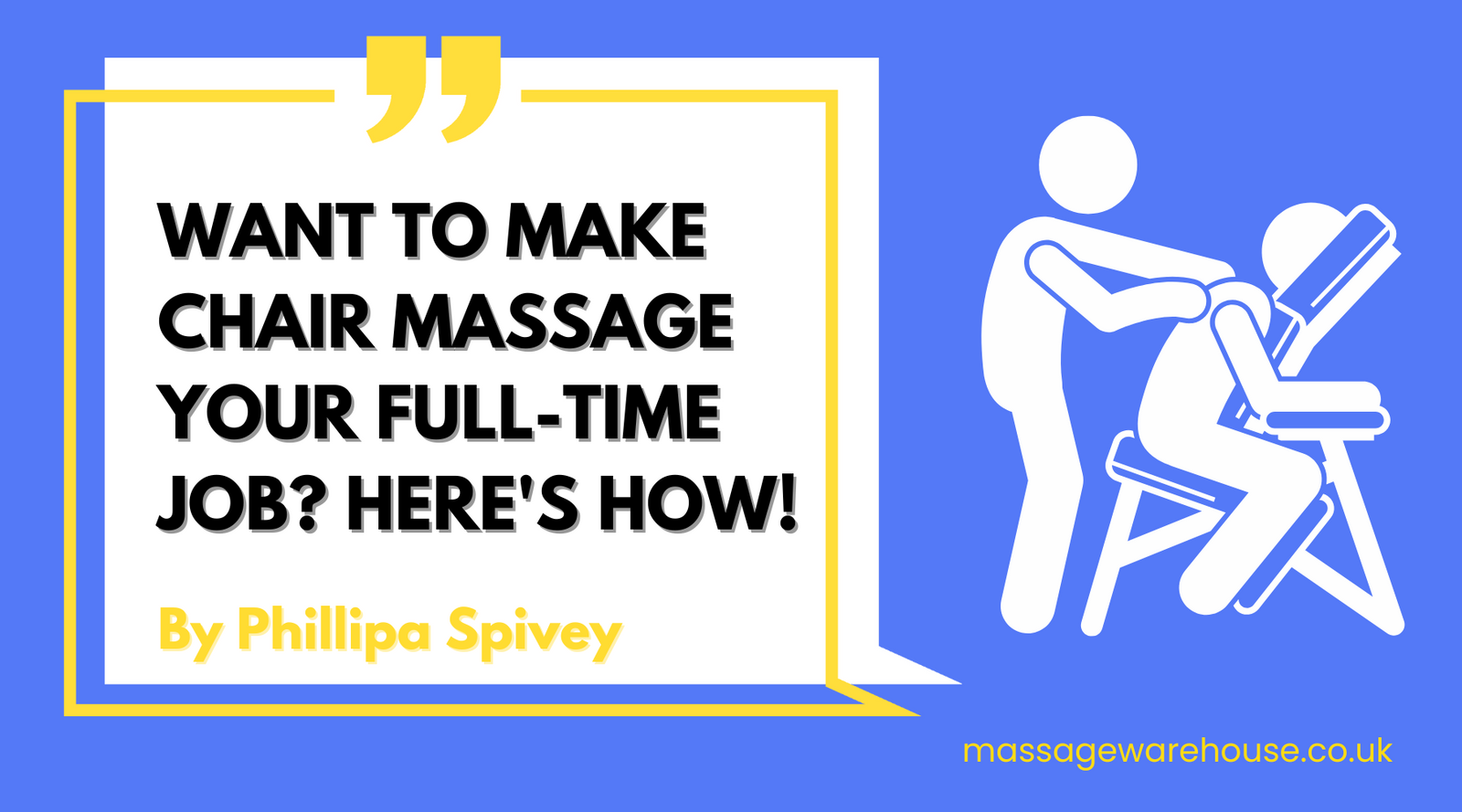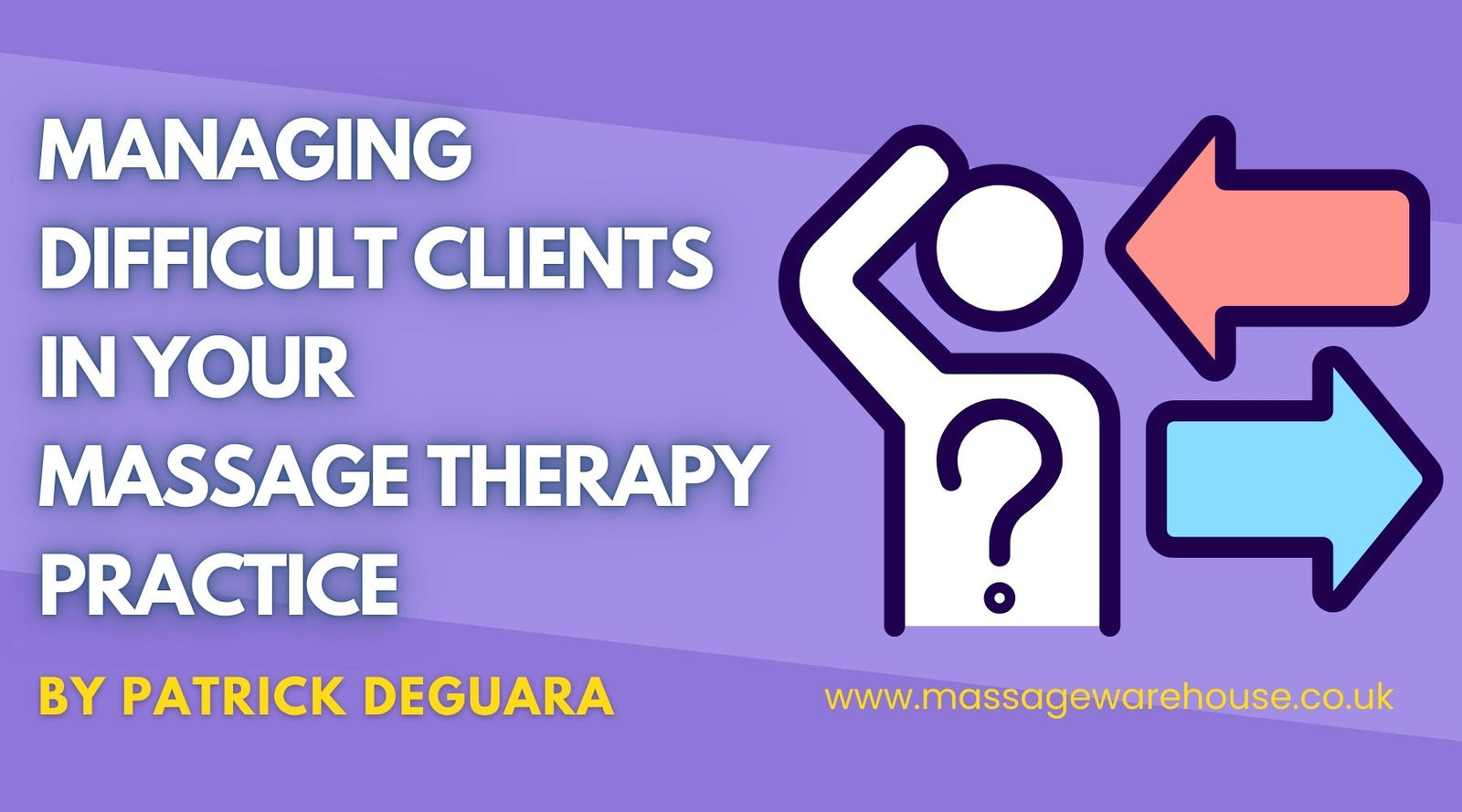Your Cart is Empty
Perfect bottles for our bottle warmer.
Now we can use a range of oils in the warmer.
Very happy customer 😊
Brilliant. Soft comfortable. Easy to change. Game changer for my sports injury therapy bed
The couch cover fits my extra wide couch very well, is made well and the navy colour is great. I was hoping that the towelling would be thicker than it is as it says ‘upgraded’ however it’s fine. Very good service and item arrived promptly.
I also purchased the Terry towel face rest cradle cover. The material appears to be good quality and fits very well on the massage table. The price was good as well. I'm very happy with my purchases and I would recommend this company for massage related products.
Songbird Reflexology waxes are my 'go to' supply for my treatments. Good quality and a little goes a long way. Highly recommended.





